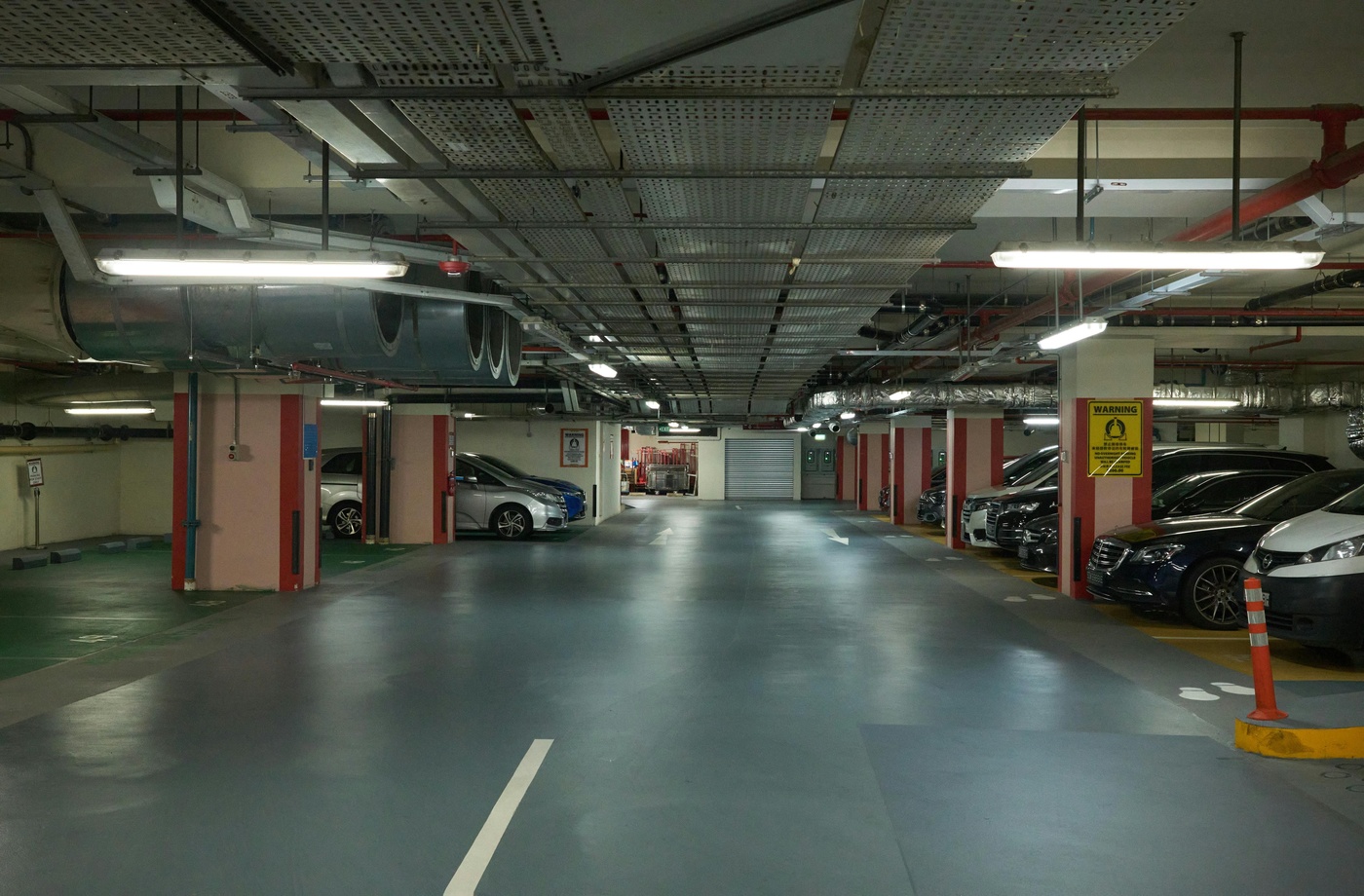While suburban office parks offer more parking space than cramped downtown areas, that doesn’t always mean parking is convenient—or free of frustration. Between sprawling lots, unmarked visitor areas, and unclear policies for hybrid workers or contractors, suburban parking comes with its own set of challenges. Whether you’re a daily commuter, part-time hybrid employee, or visiting for a meeting, knowing what to look for in suburban office park parking can save you time, avoid confusion, and even reduce costs.
Here’s what smart parking looks like in the suburbs—and how to make the most of it.
Check for Visitor vs. Employee Zones
Most office parks designate different areas for employees, guests, vendors, and deliveries. These zones aren’t always well-marked, and parking in the wrong space could lead to warnings—or in some cases, towing. If you’re visiting, look for signs labeled “Visitor,” “Short-Term,” or “Permit Not Required.” If you’re an employee, make sure your parking pass is visible and you’re in the correct tier or color-coded zone.
Ask About Permit Policies for Hybrid Workers
As flexible work schedules become more common, many companies have shifted to shared or rotating parking passes for hybrid employees. If you only come into the office a few times a week, you may need to reserve a pass ahead of time or use a check-in system to access gated parking. Don’t assume last year’s sticker is still valid—check with your HR or facilities team to avoid issues.
Leverage Overflow Lots for Easier Access
If you’re arriving later in the morning and the main lot is full, don’t waste time circling. Most office parks include overflow parking further from the main entrance. These lots are typically underutilized and may even offer shuttle access or pedestrian shortcuts to your building. A quick check of the site plan or facilities map can help you find these alternatives fast.
Look for Covered or Reserved Parking Perks
Some suburban office parks offer premium parking options like covered spots, EV charging stations, or reserved spaces for carpools and executives. While these may come with a fee or require advance booking, they can be worth it for added protection from the elements or guaranteed availability. Ask about upgrade options if you park regularly.
Watch for Seasonal or Event-Based Restrictions
During large office events, construction, or snow removal in winter, certain lots or zones may be temporarily off-limits. Check your company’s internal communications or signage at lot entrances for updates. Being proactive about these changes can save you from scrambling for space on busy days.
Safety Still Matters—Even in the Suburbs
Just because you’re outside the city doesn’t mean you should drop your guard. Look for lots with lighting, security patrols, and designated pedestrian walkways. If you often leave the office after hours, choose well-lit areas close to main entrances whenever possible.
Track Reimbursement or Tax Benefits for Parking Costs
If you pay out-of-pocket for premium parking or park in a paid commuter lot, check whether your employer offers pre-tax commuter benefits or reimbursement options. Programs like WageWorks or TransitChek may cover a portion of these expenses.
Suburban office parks may have fewer parking headaches than city centers, but that doesn’t mean you should park without a plan. By knowing where to park, what policies apply to your role, and how to maximize perks like covered parking or carpool spots, you can turn a sprawling lot into a simple, stress-free part of your workday.



